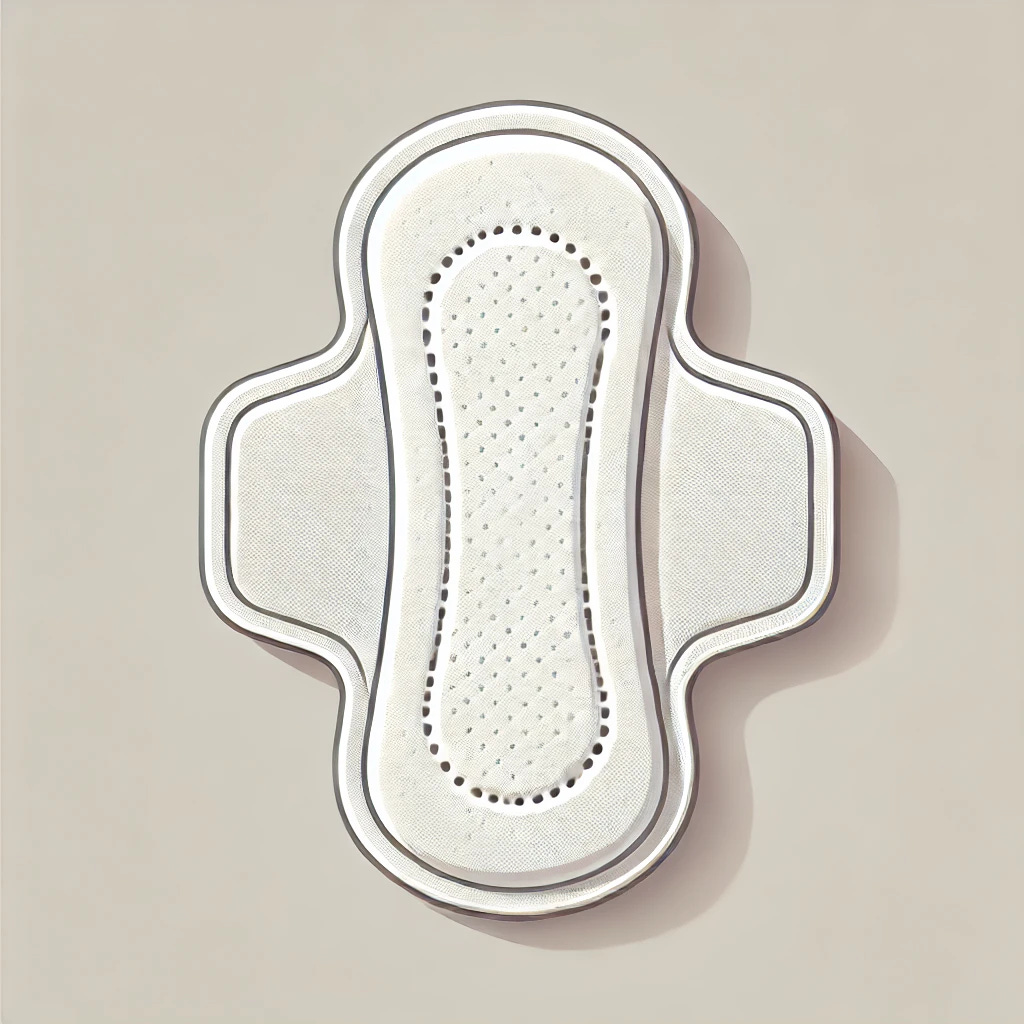No One Can Know: How Shame Hinders Women’s Health Innovation
How can we create life-changing solutions for women’s health when shame keeps the real problems hidden?
As product managers, our job is to deeply understand customer pain points. We observe our users and ask questions: what are they trying to accomplish, what’s getting in their way, what alternatives do they have, etc?
Good product managers build features customers want. Great product managers build solutions customers didn’t know they needed. But there’s a critical assumption underlying all this: that customers will reveal their problems.
But the crucial fact is that your customer is able to articulate the problem they are facing and how best they want to achieve what they’re trying to do.
What happens when shame prevents a whole user segment from even revealing their struggles?
In women’s health, particularly menstrual health, shame often silences the conversation before it even begins. Women are taught, directly and indirectly, that their bodies and natural processes like menstruation are shameful—something to be hidden, not discussed.
When I was growing up, menstruation was treated as a taboo topic. In fact, the “success metric” of having a period was in how invisible it could be.
Here’s what that looked like:
For the 2–7 days of every cycle when women experience pain, discomfort, energy loss, and more, we were taught to pretend it didn’t exist.
We used euphemisms like “that time of the month,” “Aunt Flo,” or my personal favorite: “shark week.”
We passed pads covertly, hid tampons in sleeves, tied jackets around our waists to conceal lines, and went to great lengths to ensure no one could know.
The result? Deep shame in being a girl with a menstrual cycle.
Even in schools that teach “human growth and development,” the practicalities of menstruation—disposing of pads, using tampons, and managing leaks—aren’t covered. Worse, women often don’t even talk about these things among themselves.
Whether you’re a product manager or a doctor, how do you solve health problems when the very people experiencing them aren’t telling you what they are?
Innovation Begins with Candid Conversations
Women’s health advancements often depend on candid, detailed conversations about our bodies and needs. Consider these examples:
Bettii Pod developed a menstrual cup washer for public toilets by understanding the mechanics of inserting, removing, and cleaning menstrual cups. Learn more.
Tina Healthcare tackled the challenges of tampon insertion with an elegantly designed, inclusive applicator. Learn more.
FemPulse created a wearable ring for women with overactive bladder (OAB) after listening to hundreds of women share their struggles. Learn more.
As an angel investor in women’s health, I’ve spent years thinking about these issues. Yet even now, sharing my own experiences feels vulnerable. That’s the power of shame—it isolates us and stifles progress.
Breaking the Cycle of Silence
The solution starts with truth. The clearer we articulate our experiences, the more opportunities we create for entrepreneurs—men and women alike—to develop solutions. If it helps: keeping your struggles to yourself isn’t just limiting; it’s selfish.
As Dr. Brittany Barreto says on many of her podcast episodes, if you’re an entrepreneur looking for the next thing to build in the women’s health space: just think of a problem you have as a woman — it probably doesn’t have a good enough solution. If you are user # 1, what does your user journey candidly look like? Even if you’re not a founder, you can drive innovation simply by speaking up. Every voice adds to the pool of user research, helping startups design better products for women.
We have the power to change this narrative. By sharing our truths, we illuminate the challenges women face and create space for solutions. Let's start with the truth—and all the bloody gory details (pun intended 😇).


